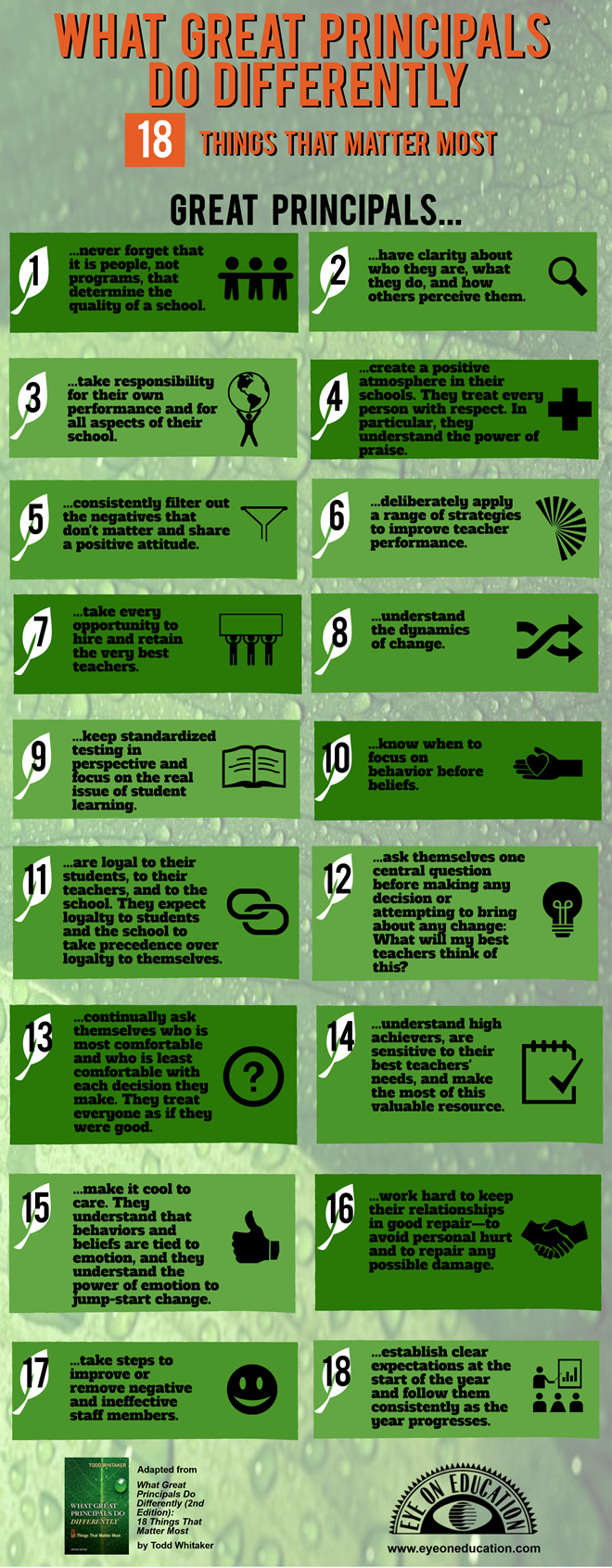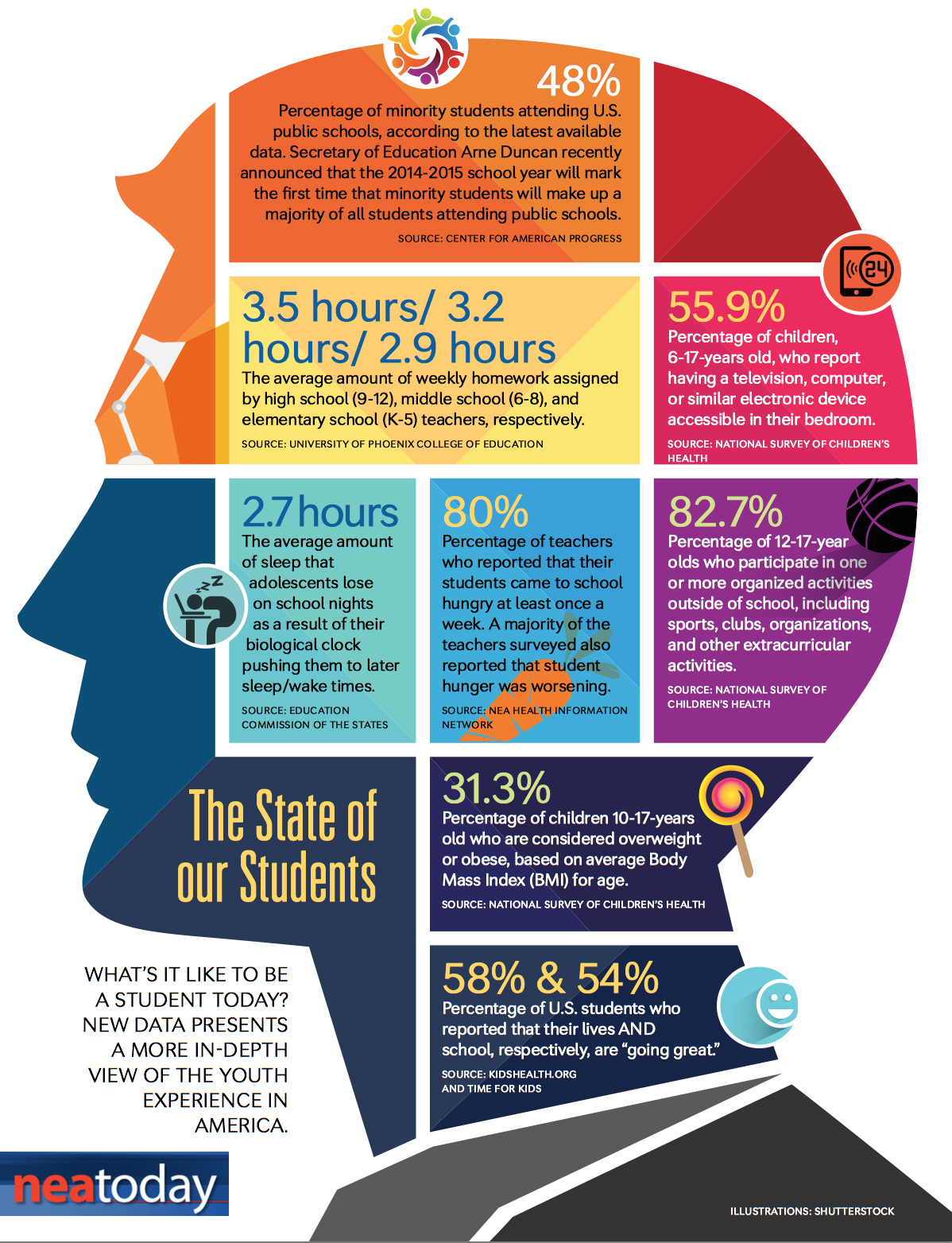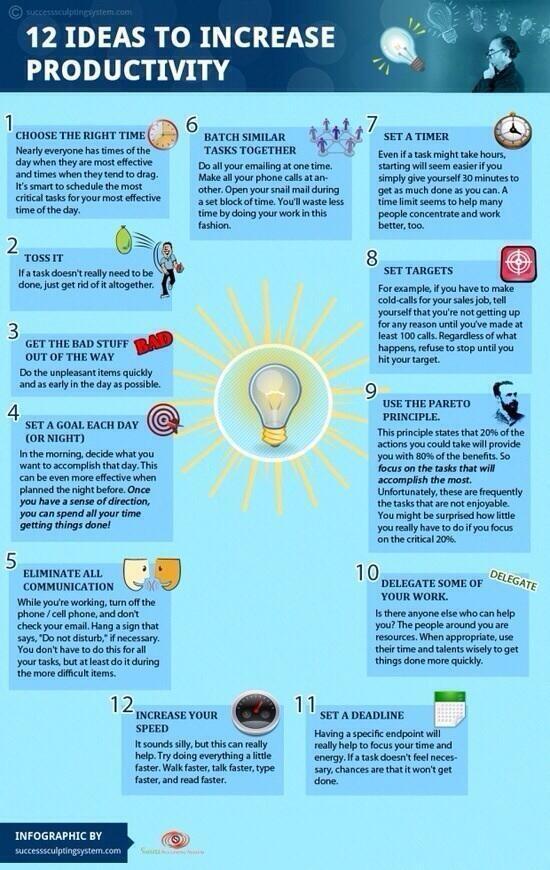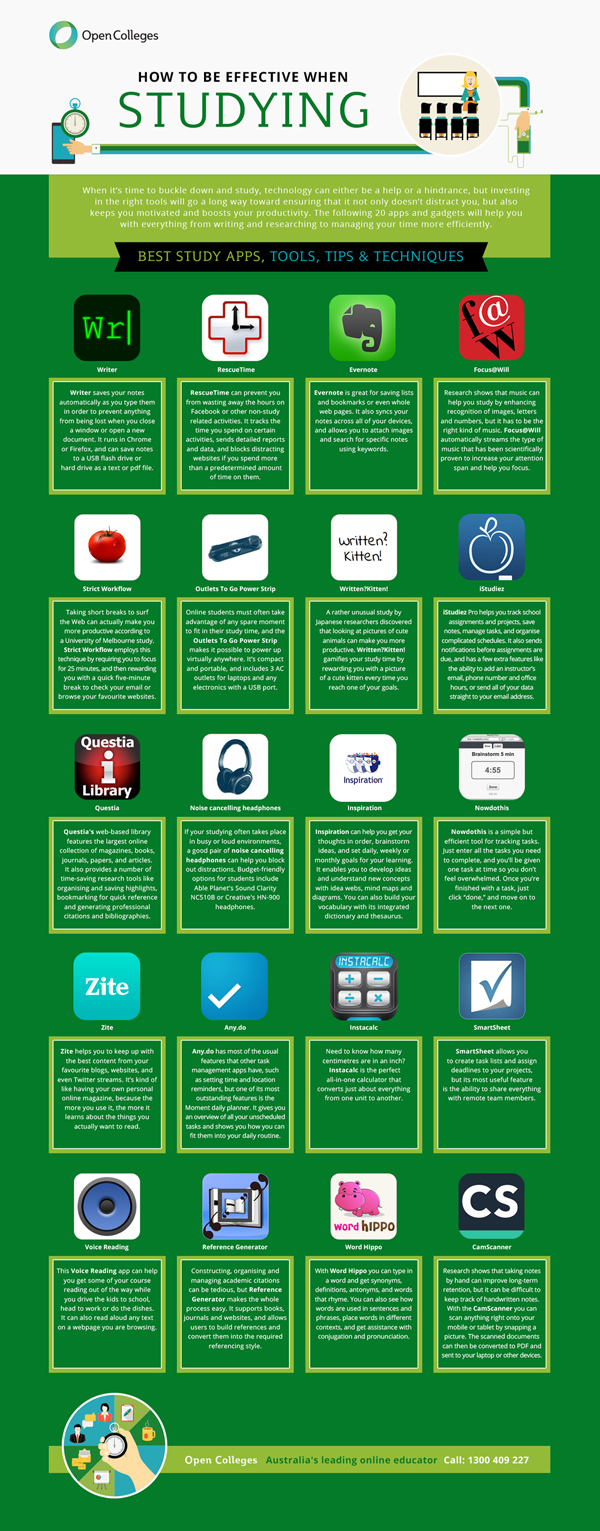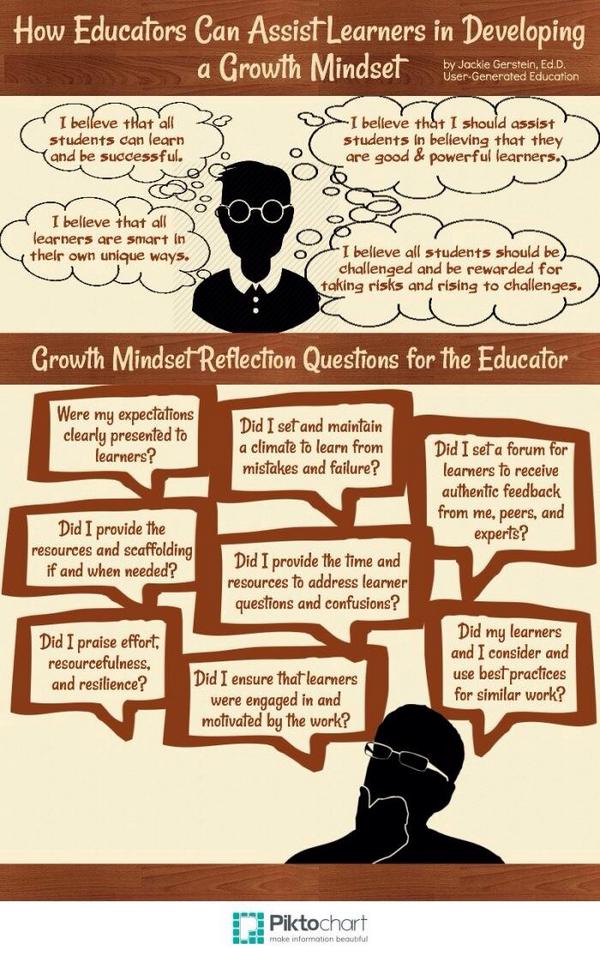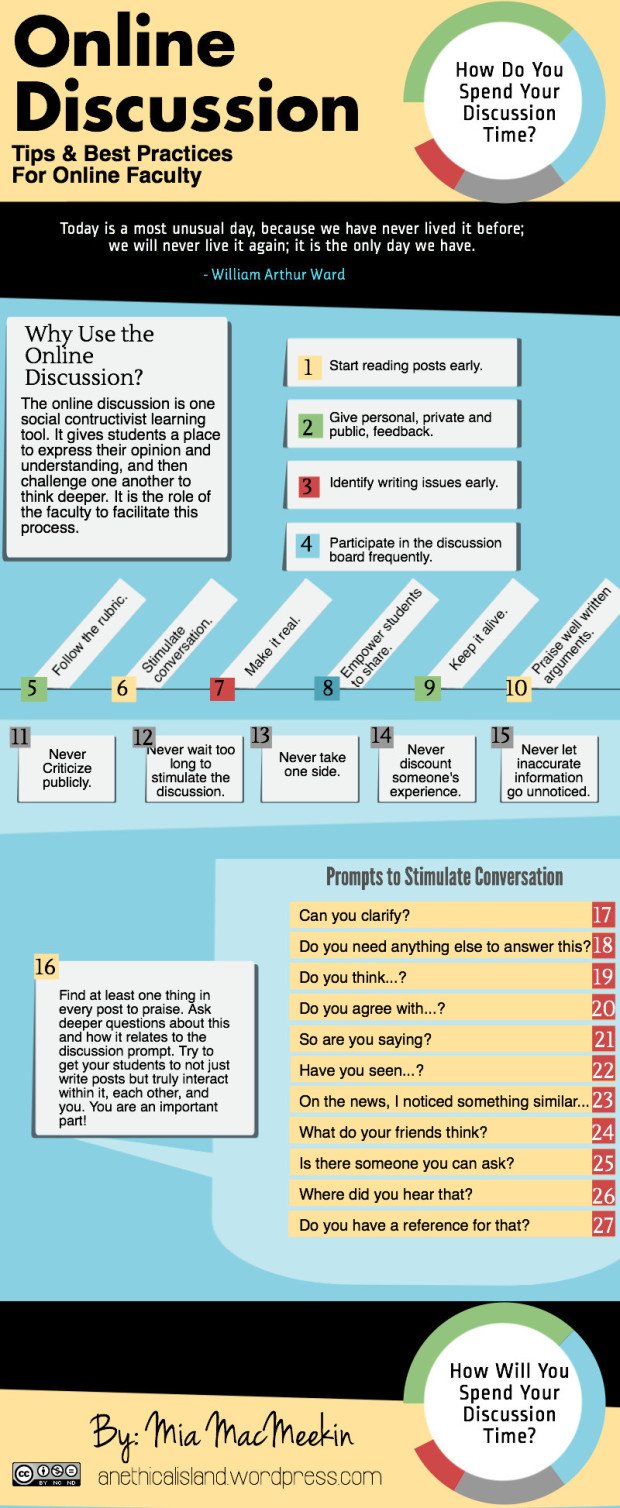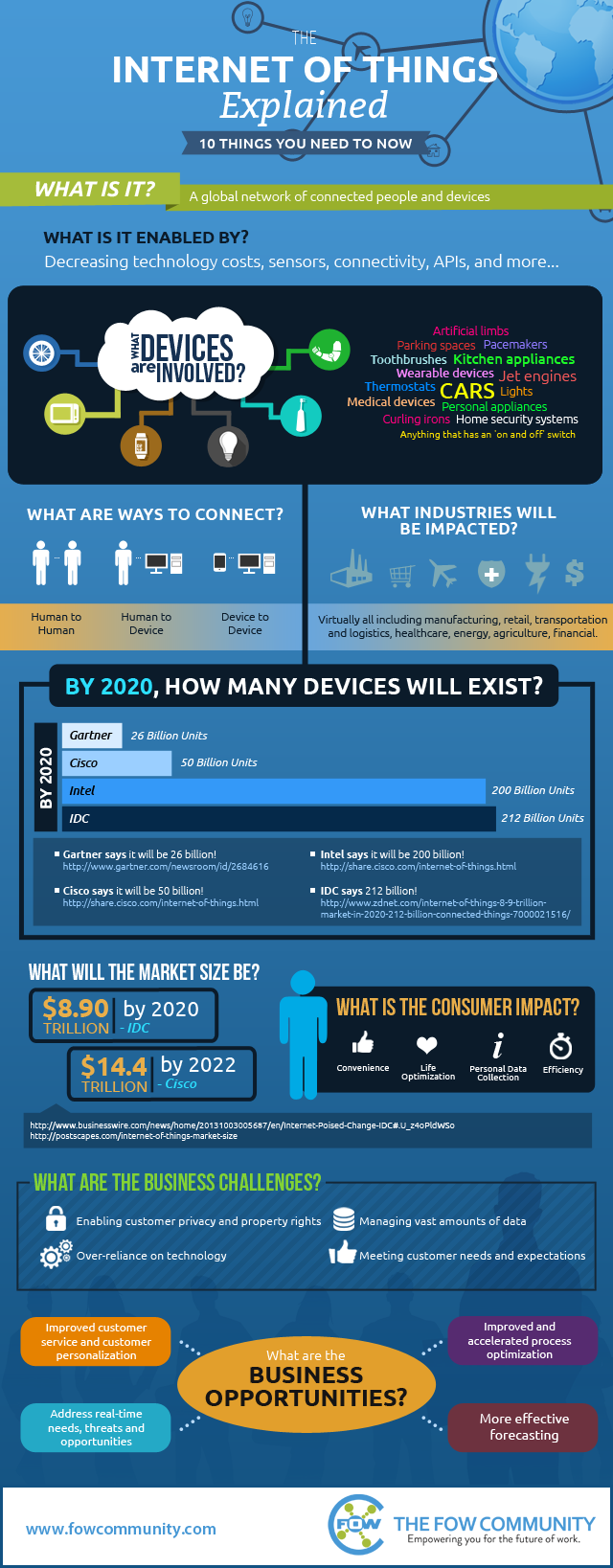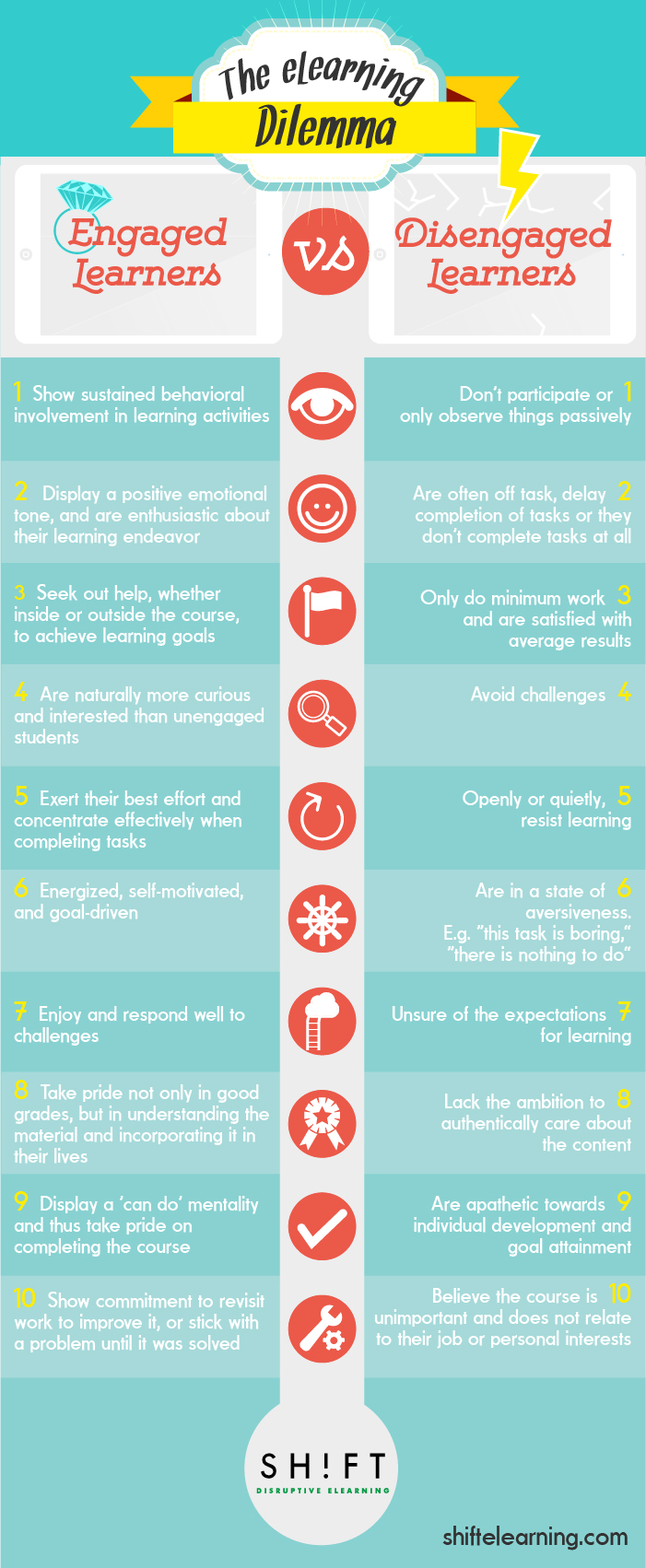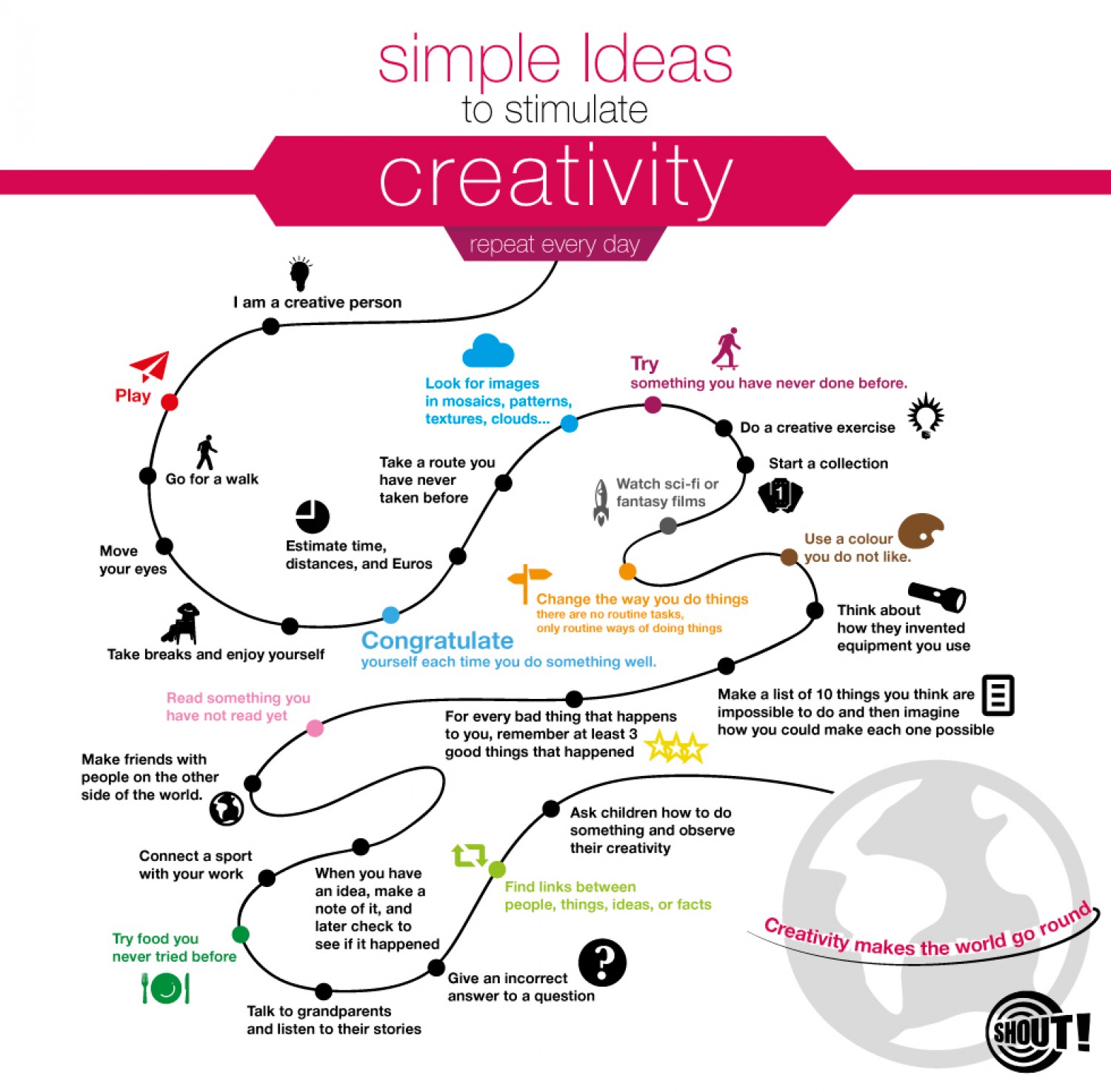STEM vs STEAM
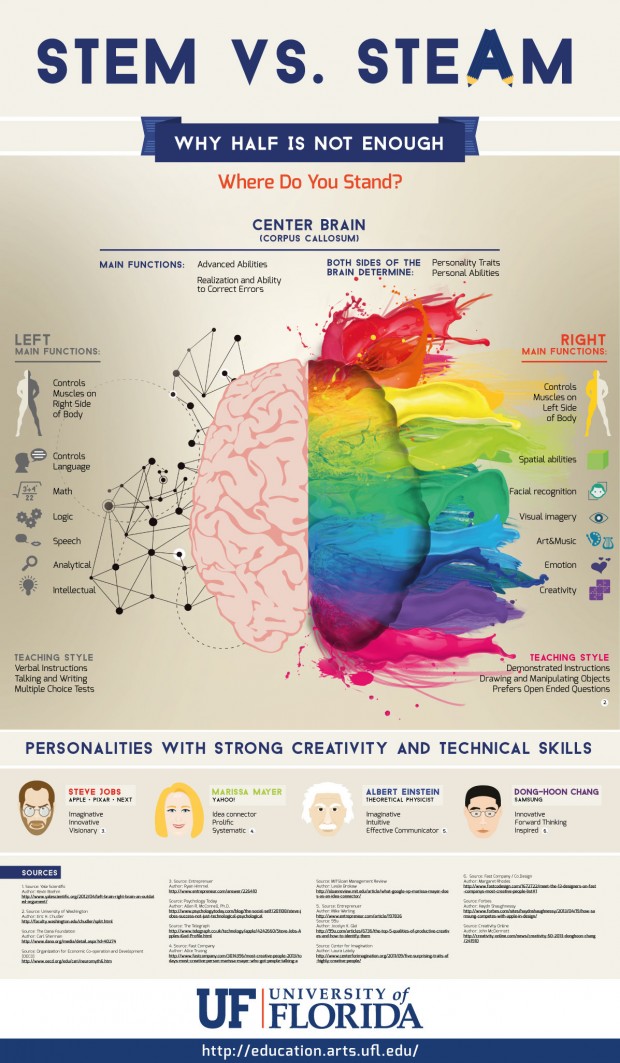

Editor’s note: Tim Magner is the executive director of the Partnership for 21st Century Skills (P21), a national organization that advocates for 21st-century readiness for every student. He has had an extensive career in education, serving most recently as the vice president of Keystone for KC Distance Learning (KCDL) as well as the director of the Office of Educational Technology for the U.S. Department of Education.
______________________________________________________________________
(CNN) – Whether it’s technology, the global economy or the changing nature of work itself, we are tasked with preparing our children for success in college, career and citizenship in a world that looks very different from the one we grew up in. I’ve had the privilege of collaborating with P21’s members, partners and leadership states to help educators embed key 21st-century skills – like the four Cs of communication, collaboration, creativity and critical thinking – into the educational experiences of all children.
Our children need these 21st-century skills not simply because employers are looking for them (they are), or because they are essential for success in college (they are), or because other nations are also recognizing this skills gap (they are), but because we want our children to not just survive in this new millennium, but to truly thrive.
21st-century readiness – having the knowledge and skills to pursue further education, compete in the global economy and contribute to society – demands much more of all of our students, and our education system must change to meet these demands. Recognizing this fundamental shift, the ongoing Common Core State Standards initiatives are embedding these skills into the new standards frameworks.
This is what makes the recently released Next Generation Science Standardsfrom the National Research Council particularly exciting, because they recognize these important shifts and make wise suggestions to integrate deep-content knowledge with the skills to apply that knowledge.
The science standards explore a range of active approaches to learning, from asking questions and defining problems to using models, carrying out investigations, analyzing and interpreting data, designing solutions and using evidence. These practices are not only essential science skills, but also form the core elements of the critical thinking and problem solving skills of P21’sFramework for 21st Century Learning.
21st-century readiness demands much more of all of our students, and our education system must change to meet these demands.
The standards also highlight the importance of communicating information as a scientific practice, and they recognize the importance of teamwork and collaboration by including collaboration and collaborative inquiry and investigation, beginning in kindergarten.
Where I wish the standards were stronger is in creativity and innovation. Much of our economic success over the past century has been because of breakthroughs in science and technology. I hope that as these standards are implemented, science educators will work hard to infuse them with opportunities for students to see science as a creative endeavor. Science class could become a chance to invent the next generation of medicines, electronics or the myriad other innovations we will need to feed, clothe, power and empower our planet.
Ideally, these standards will help redefine the science classroom and science experience for the 21st century. I’d like to see science classrooms look more like the spaces created by the Community Science Workshop Network. In these models, students are free to explore and experiment with a wide range of materials – discovering not just science facts, but science joy. If our children are excited by science, rather than frightened by it, our ability to encourage more of them to pursue careers in science, technology, engineering and mathematics – the so-called STEM fields – would be immeasurably enhanced.
The new Next Generation Science Standards can and should be implemented with an emphasis on creativity. Combined with the “flipped classroom” model – where technology delivers information at home so face-to-face time in school can be focused on actual creating, making and doing – science educators have the opportunity to transform the spaces where science happens and redefine the school-based science experience. Classroom discussions, hands-on experimentation and collaborative explorations can become the norm for all children.
And it comes not a moment too soon. We are facing increasingly complex problems in the world around us – from pressures on our food and water, to environmental challenges, to ever more complex engineering problems, to the basic health needs of growing populations. In these very real challenges, there are plenty of opportunities for creative scientific exploration that connects the classroom to the outside world.
The 21st-century classroom should be a place where students get to start exploring their world, discovering their passion, applying what they know and beginning to experience the impact they can have. I’m optimistic that in the hands of talented science educators, conceptual shifts like those in the science standards will make these aspirations a reality for many more of our nation’s students.
The opinions expressed in this commentary are solely those of Tim Magner.
As I sit at my desk I can hear the distant hum of a photocopier, a mobile phone vibrates along a table and somewhere far away a printer runs out of paper.
The office has become a very quiet place indeed.
Technology has changed the sound of office life. For a hundred years it was a noisy place, filled with the sound of telephones and typewriters. Now it is almost silent – just broken by the gentle sound of someone saying: “Nipping out to get a latte. D’you want one?”
In the beginning there were just paper and quills. Then came the typewriter, which brought with it a number of other late 19th Century breakthroughs – the filing cabinet, the adding machine, and in particular the telephone.
But what did these inventions mean? And did they make office life better or worse?
In the stores at the Museum of London there is a sort of giant graveyard full of old office machinery. Row after row of adding machines fill the shelves.
The earliest model is the Burroughs adding machine, which could calculate relatively complicated sums with its rows of keys and pull handle.
The telegraph was the Victorian internet. It made the world global. It meant you could do business without actually being there.
Another breakthrough came in 1870 – the filing cabinet. In the dark ages before this simple bit of furniture was invented, clerks wrote everything down in massive ledgers and on pieces of paper tied up in bundles. If the clerk left or died suddenly, any chances of finding anything often died with him.
With the cabinet, information could be arranged alphabetically, which meant it was theoretically possible to find it again. That was great – what wasn’t so great is that this created an entire industry of unnecessary work.
I worked as a filing clerk briefly in the late 1970s and there was nothing more dispiriting than stuffing paper into bulging files knowing perfectly well that no-one would ever look at it again.
On one estimate, the UK in the pre-computer age shoved more than two million tonnes of paper into filing cabinets every year. Unnecessarily.
These new devices increased efficiency but didn’t really change the nature of business.
Then came the telegraph.
“What hath God wrought,” said the first long-distance telegraph by Morse Code in 1844. And what God had wrought turned out to be a very big deal indeed.
The telegraph was the Victorian internet. It made the world global. It meant you could do business without actually being there. It released the manager from the factory. It meant that the prices on the Paris stock exchange were known the same day in London.
The spread of the telegraph was almost as fast as Facebook today. By 1887, 50 million of them were being sent a year in the UK, almost all for business.
The beauty of the telegraph was that it invented brevity long before Twitter made it cool. But it also invented scarcity. Because it was expensive in its earliest form – it was the equivalent of about £80 today – you only sent a telegram if you actually had something to say. Would that were the case today.
But in 1876 came the telephone, and with it a new sort of behaviour. The telephone created an informality that the telegraph never aspired to.
The telephone made business big. Easy communication encouraged the growth of sprawling multinationals with offices everywhere. It also made them tall – without it the skyscraper never would have caught on.
As one AT&T engineer put it in 1900: “Suppose there was no telephone and every message had to be carried by a personal messenger. How much room do you think the necessary elevators would leave for offices?”
In the US they couldn’t get enough of the phone. By the end of the 1920s, 40% of households had them.
Telephones made business democratic – a man on the factory floor could talk directly with the boss without having to go through all the levels in between.
“It gives a common meeting place to capitalists and wageworkers,” wrote Herbert Casson in his 1910 book The History of the Telephone.
In the stores at the Museum of London there is a sort of giant graveyard full of old office machinery. Row after row of adding machines fill the shelves.
“It is so essentially the instrument of all the people, in fact, that we might almost point to it as a national emblem, as the trademark of democracy and the American spirit.”
The enthusiasm wasn’t shared in the UK. William Preece, chief engineer of the General Post Office, declared that the new gizmo was merely “a substitute for servants”.
“There are conditions in America which necessitate the use of such instruments more than here,” he told a House of Commons committee.
“Here we have a super-abundance of messengers, errand boys and things of that kind. The absence of servants has compelled America to adopt communications systems for domestic purposes. Few have worked at the telephone much more than I have, I have one in my office but more for show. If I want to send a message – I employ a boy to take it.”
By 1880, the first ever British phone directory had a mere 285 names – all of them London business, and mostly traders, dealing in everything from sugar to ostrich feathers.
The Bank of England, never one to hurry into anything, was not connected until 1902 but then they were still buying quills till 1907.
The merchant bank Schroders refused to have its name in the telephone directory, for fear that incoming calls caused distraction.
And at the Hong Kong and Shanghai Bank, the phone was regarded with such suspicion that operators had to answer with the words, “I am the Hong Kong and Shanghai Bank”.
People worried that the phone took away their privacy, in much the same way that we now fret over social networking. But by 1927, telephone calls were flooding in at an average of one every 1.5 days.
Women were the new masters of the telephone, just as they were with the typewriter. A new kind of an office was emerging – the telephone exchange – and women were deemed just the people to operate it.
“The dulcet tones of the feminine voice seem to exercise a soothing and calming effect upon the masculine mind,” noted an early telephone engineer.
There was actually nothing soothing about working a switchboard. It was relentless and exhausting, involving cumbersome apparatus and the speedy plugging and unplugging of cords at various heights and, of course, dealing with the public, who weren’t easy to please.
The Times complained about uppity switchboard girls. “Too many of the operators seem to regard the telephone user as their natural enemy and treat him with utter nonchalance, if not with an insolence and impertinence, which are all the more irritating because there appears at present to be no remedy for them.”
The telephone made business big. Easy communication encouraged the growth of sprawling multinationals with offices everywhere.
The new technology meant a new etiquette. In 1910, the telephone company Bell put out a booklet called Dr Jekyll and Mr Hyde at the Telephone.
Some of its lessons were simple – “Speak directly into the mouthpiece keeping moustache out of the opening” – advice I’ve always followed.
Saying hello was much frowned upon too.
“Would you rush into an office or up to the door of a residence and blurt out ‘Hello! Hello! Who am I talking to?’” asked Bell. “One should open conversations with phrases such as ‘Mr Wood, of Curtis and Sons, wishes to talk with Mr White…’ without any unnecessary and undignified ‘hellos’.”
And as for ending a call, a 1926 telephone magazine advised that it was up to the caller to signal the end, unless a man and a woman were speaking, in which case it was up to the “second sex” to ring off first.
But that was all in the US. The UK, meanwhile, continued to lag behind. In 1914, we had the worst telephone service in the civilised world, according to the Quarterly Review.
There were then fewer than two telephones per 100 people in the UK compared with 10 in US. It was not until after 1919 that the telephone really spread.
But by middle of the 20th Century most workers had a phone on their desk. They got used to the constant ringing and interruptions. People didn’t get up to talk to each other, they spoke on the phone instead. The office switchboard was the hub of office, a sort of social glue connecting everyone to everyone else.
And that’s how it stayed – until the last couple of years. We are now witnessing the death of the office landline, and with it the main switchboard.
If anyone really wants me, they send me an email, and because I don’t like random disturbances any more than the Edwardians did, I’ve stopped answering my desk phone altogether.
The other day I checked my voicemail and found 100 messages stretching back over weeks. Guess what I’d missed? Nothing of any note at all.
This piece is based on an edited transcript of Lucy Kellaway’s History of Office Life, produced by Russell Finch, of Somethin’ Else, for Radio 4. Episode five, The Telephone and New Office Technology, is broadcast at 13:45 BST on 26 July. Episode six, The Invention of the Manager, is broadcast at 13:45 BST on 29 July
It seems like everywhere you look these days, a hot technology topic when it comes to kids is MINECRAFT. Considering all the gaming apps that are out there, it can be hard for parents to navigate the good from the bad and even harder to understand how best to monitor and manage their kids usage of them.
Okay, so here are the main points you want to know:
Minecraft is a gaming app, available for all types of mobile phones and tablets as well as gaming systems like the Xbox and playstation and even for your PC. The most common version of the game for younger children to play is the Pocket Edition, which is available for android and iPhone as well as the iPad. The majority of this post will be specific to this version of Minecraft.
The easiest way to describe the game is virtual legos, but that is definitely an oversimplification. The graphics and even some of the basic functions of the game will at first appear poorly made or terribly outdated, like some kind of strange old school video game. However, once you watch your kids in action on the game and see all the ways they use their creativity to construct buildings and interact with their environment, you’re likely to recognize the genius of this game’s simplicity. In many ways, it’s almost a blank canvas without the typical rules and boundaries of a highly designed game. This sense of freedom seems to be a big part of the game’s appeal to kids.
There are two modes of the game available: Creative and Survival
Creative: This is where all children should start to get a feel for the game and is probably the better option for younger children, end of story. In this mode, players all become the generic character “Steve”(they can add their own name if they prefer, but everyone looks the same) and they are deposited into a minecraft world that basically looks like a typical landscape, with grass, hills, trees,sky, and some lakes or ponds. There is also the occasional farm animal such as a sheep. Players are able to select from a large variety of materials to build any structure they can dream up. They can make houses of stone or glass that can be on the ground or in the air with gardens and trap doors. Again, it sounds pretty straightforward, but I was amazed when I saw how elaborate and unique my kids projects were.
Survival: Alright, so for those who have at least a little familiarity with Minecraft, you’re probably wondering about the zombies and the creepers you’ve heard about. Those appear in this version of the game. Again, due to the rudimentary graphics, these are not super scary and there is no real blood or gore. Survivor mode is just like it sounds. In this version of the game you don’t have unlimited access to all the building materials and other resources that are available like you do in the creative version. You actually have to go out and find them. You start the game during “daytime” and have a limited amount of time to find what you need to stay alive and build some kind of dwelling to keep you safe. Once night falls, all the more sinister elements of the game come out and you have to fight to survive. Again, I know this sounds a little bit scary, but we’ve allowed our five year old to play this version of the game and she loves it. No nightmares, no fear, nothing! Why, because it’s too much fun, and its challenging. Players in survivor mode have to be clever and strategize to survive. Also, while you can “die” you basically are just recycled right back into the game again.
In either mode, there is no “winning” and no end goal. It is open ended and just an endless invitation to think bigger and better and create more.
The aspect of the game that most kids really enjoy is the fact that they can “connect” with others and play together. Now, by “connect” I don’t mean to the internet where any crazy can hop in their Minecraft world with them. The primary way to “connect” is on a shared network, most commonly your home network. If you have your network set up properly, it will be password protected, so no outsiders can access it (if you don’t ….that post is coming). For older and more advanced players, there are ways to connect to other outside Minecraft servers, but this is not something built into the game. Unlike many other gaming apps, Minecraft does not automatically connect to the internet or require the internet to run.
We encourage parents to take advantage of the multi-player part of the game and actually play WITH their children so they understand how the basics of the game work. This will also enable you to try out the “survivor” mode and decide if or when your child might be ready for this next step. My husband and I have both played with our kids. My husband is Minecraft rockstar and he enjoys it so much I often have more trouble getting him off the game than the kids. I confess, I’ve struggled with it a bit, but even I’ve managed to pull together a fairly impressive glass house in the sky decorated with artwork and boasting it’s very own sunflower garden. I even have had various pet sheep. My kids LOVE when I play with them, even if its only for ten minutes and they also really enjoy playing together. (yes, my kids enjoy playing together, this is a shocking side effect of this game).
Minecraft is not just some mindless activity, nor is it like any other gaming app. Whether in creative or survivor mode, players are required to think and create and strategize. There is a need for spatial understanding (geometry) and design. Plus, as mentioned, many children find the fun of the game enhanced by playing with multiple people. Doing this requires collaboration and communication.
Minecraft can also be expanded with “secret” elements or the introduction of “mods” (modifications) that enable new features. Kids can find much of this on YouTube, but again you want to make sure you have the parental controls enabled (you can watch a video about it HERE) The other major source of this type of Minecraft info is the Official Minecraft Wiki. Researching and discovering the game enhancements, presents another new and engaging level of the game for kids and presents another opportunity for teamwork as they will often share and teach each other what they’ve learned.
Minecraft has been so successful in teaching kids some fundamental learning concepts that it is even being used in schools as an educational tool. It has also spawned a number of options that introduce kids to the basics of computer programming. These include online courses as well as something called “LearntoMod”, which will be introduced in October 2014. These are add-ons to the game, which allow players to use code to design their own customization for the game (new tools, animals, or even creepers). For more info Click HERE.
If you want to know even more about the benefits of Minecraft, check out this great article, “Hey, Parents. What Minecraft is Doing to Your Kids is Kind of Surprising.”
Minecraft is a teensy weensy bit additctive, especially since there is no “official” end. However, as long as you set time limits and clearly communicate those limits to your children, then you shouldn’t have problems when it comes time to leave “Steve” behind until next time. However, like most activities that kids get absorbed it, a smooth transition is best facilitated with a five minute warning before it’s time to wrap things up.
If you truly find that it becomes a struggle to get your kids off the game (or any technology for that matter), it may be time for a technology break. You can simply tell them, “It seems that you are having a hard time using technology in a healthy way right now. Technology is fun, but it can’t be something we do all the time. Let’s take a break and in a week (or whatever time frame you set), we can try again.”
Pocket Edition for Android and iOS $6.99
(This is the only cost, there are NO in-app purchases)
Xbox 360 $19.99
Playstation $19.99
You can even play it on your desktop PC – $26.95
You can find links to purchase any of these versions HERE.
Over the past few months Gmail has witnessed the addition of a lot of interesting features and functionalities that enhanced its overall performance. Gmail also provides several hidden gems to users who are willing to dig a bit deeper and take their email experience to the next level. To help you make the best of Gmail, we have gone through Gmail help documentation and handpicked these wonderful tips for you. These are simple hacks that you can use on your Gmail to increase your productivity and be a Gmail savvy teacher.
1- Organize your emails into categories
Since the release of Gmail New Inbox, users can now classify their messages into different categories. Gmail does this automatically. It creates inbox tabs (e.g.Promotions, Social, Updates) and places incoming emails into them. However, you can use tab setting to customize these categories, show or hide them, move messages between tabs and many more. Check out this page to learn more about this feature.
2- Search in Gmail
Gmail provides a powerful search functionality that you can use to search through the piles of your emails for specific emails you want. Watch the video below to learn about this feature.
3- Keep Track of Conversations
Gmail automatically groups messages into different conversations. Each conversation thread contains the original messages and all its replies stacked neatly under it. This makes it easy for users to understand context of a message, find related messages, and follow the conversation. However, if you would rather read each email as a separate message, you can turn off the the Conversation View feature :
4- Tidy up Your Inbox with Archive
You can use the “Archive” feature to make your inbox look clean and nice. Archiving a message does not remove it forever, it only moves it out of your inbox and places it in your account. To retrieve or access your archived messages, click on “All mail” on the left or search for it using gmail search box. Here is how to archive a message:
5- Stop Spam Messages
Gmail is known for its anti-spam capabilities and it usually aggregates spam messages automatically into a tab called “Spam”. However, if it happens that a spam message fooled Gmail spam filer and made it to your inbox, you can report it to Gmail and it will block similar messages in the future. To report a spam email, check the box next to the message and click on the spam icon as shown below. check out this page to learn more about Gmail spam functionality.
6- View and Save Attachments
When you receive an email with an attachment, you will automatically see the preview of the attachment at the bottom of the email. Click the attachment preview to instantly view the attachment or see more options like print and share. Move your mouse over the attachment preview and use the buttons to download or save to Drive. Check this page to learn more about this feature.
7- Format Text of Your Emails
To change the colour or font of the text of your email or make words bold or to emphasize key points, click on the Formatting options icon and customize your text the way you want. Check this page to learn more about this feature.
8- Insert Photos, PDFs, Docs,Links and Emoticons in your Emails
With one click you can easily attach docs, photos, files, PDFs either from your computer or from your Google drive. You can also add links and emoticons as is shown below.
9- Multitask with Notifications
This is not a good feature to use all the time as it can decrease from your productivity and can sometimes be annoying. I would rather use it only if I am waiting for an important email and don’t want to keep checking my inbox. Turning on Gmail notification will allow you to receive mail notifications on your your desktop in the form of a pop-up message. Check out this page to learn how to activate it.
10- Check your Spelling
If you are using a browser other than Chrome, you may want to use Gmail spelling check feature to spell-check your emails before you send them.To check your spelling, click the down arrow in the bottom corner of the compose box and select Check spelling.
11- Set Auto-replies
If you are planning to be away from your computer for sometime and you want to let people know that you won’t be able to get back to them right away, use Gmail vacation responder. Here is how to activate it:
12- Undo Sent messages
This feature allows you to undo your sent message .Enable the Undo Send feature, and decide how long you’d like Gmail to hold your mail before actually sending it off. Click the gear Gear icon and go to the Labs tab to enable the feature, and give yourself a little extra time for last-minute fixes.
13- Get things done with Tasks
Keep track of everything you need to get done with a to-do list right in your inbox. Head to the drop-down menu next to Gmail on the top left to get to your Tasks. Once you see the little window pop up near the bottom, you can start listing out your to-dos. You can even cross off items as you get things done by checking the checkboxes, and clear your list to start fresh. Check out the Tasks page to learn more about this feature. Here are some Gmail task shortcuts:
14- Mute conversations that go on too long
Have you ever been part of an email conversation that isn’t relevant to you and yet replies keep showing up in your inbox? The next time that happens, just mute the conversation by clicking the More button above your message and selecting Mute.New messages in the conversation will skip your inbox and go to All Mail.
In a post published a few months ago, we talked about WeVideo and how teachers use it to create videos and short animations in Google Drive. Today, we are introducing you to PowToon Edu, another equally powerful tool to use to create engaging videos and animated presentations.
Pontoon Edu allows you to animate difficult topics and engage your students using a wide variety of tools. You can easily drag and drop characters and props into your slides and assign it an animation, choose from different pre-designed templates and style libraries.Videos and animated presentations you create through PowToon Edu can be exported in various ways. You can share them on YouTube or Facebook, download them to your computer. You can also export them as MP4 file to embed in your classroom blog or website.
Watch the video below to learn more about PowToon Edu

The following question, from a mother concerned about her daughter’s math education, landed in my email box recently:
My husband and I talked to our daughter’s pre-calculus teacher about her poor grades. He said that many students hit a wall at this point in math, moving from memorization — apply this theorem to this problem — to more abstract how-can-I-solve-this-problem thinking. I accepted that because that’s what is happening for her. What I thought later was that why can’t we find a way to help these many students get over that wall, instead of using it as a tool to weed out less developed brains? I really feel I have no way to have an impact on this teacher’s blind spot since it is shared by all math teachers and so many other teachers: If you don’t understand, it’s your fault.
As I’m not a math teacher, I asked three experts on mathematics instruction to weigh in. They told me that this question perfectly illustrates what’s wrong with math education and why we need to change it. Much of what we teach kids during their first decade of math education relies on students’ blind compliance and memorization of rules and facts. We reward correct answers, but we do not not encourage students to think independently about what these rules and facts might mean in the bigger mathematical picture.
Tracy Zager, a math-education specialist and the author of the forthcoming book “Becoming the Math Teacher You Wish You’d Had,” explained in an email why this kind of math education fails students: “It was never a sensible idea to try to have students memorize first and understand later; this approach to mathematics instruction is structurally flawed. I really feel for these parents and this kid, but the frustration they face is inevitable. If we teach kids math without understanding, we build on a house of cards.”
That house of cards will be fragile, and liable to collapse, when students move from elementary mathematics to complex problem-solving, said Steven Strogatz, an author and a professor of applied mathematics at Cornell University.
“If you follow the rules, you can do pretty much everything that’s expected of you without ever having to think imaginatively,” Mr. Strogatz said in an email. “This is not the way math should be taught, even at an elementary level. There really ought to be problem solving and imaginative thinking all the way through while kids master the basics. If you’ve never been asked to struggle with open-ended, non-cookbook problems, your command of math will always be shaky and shallow.”
Mr. Strogatz suggested, however, that this math teacher isn’t wholly to blame for her students’ frustration. “This teacher may have been brought up in a culture in which skill at problem solving is seen as a matter of talent; either you have it or you don’t,” he said. “Everyone can be taught techniques and strategies for better problem solving, and can be taught to feel pleasure in the struggles that make us smarter. With practice, all of us can get much better at it.”
While avoiding the kind of frustration this mother describes in her letter will require a larger shift in mathematics education, there are some things this parent can do now to help her daughter.
Mr. Strogatz suggested playing with age-appropriate puzzles. “Kids love puzzles, and wrestling with good ones can help them fall in love with math and get stronger at it,” he said.
After playing around on a couple of recommended websites, I fell in love with with Steve Miller’s Math Riddles. Mr. Miller, a mathematics professor at Williams College, has amassed a wonderful collection of puzzles, ranging from easy to very challenging, and even I, an admitted math phobic, had a lot of fun playing on the site.
For teachers and parents looking to improve their own problem-solving abilities, Mr. Strogatz recommended George Polya’s book “How to Solve It.” While it’s not exactly light reading, it introduces new ways to approach problems, and is a classic in the field.
Purchase two copies of Carol Dweck’s Mindset, one for you and one for your child’s teacher. Ms. Dweck’s book is already required reading in many school districts because it articulates the difference between a fixed mindset (either you have it or you don’t) and a growth mindset (everyone can be taught to feel pleasure in the struggles that make us smarter). A growth mindset is a powerful thing and is an essential first step toward more effective teaching and learning (and parenting).
If you are frustrated by your child’s math homework and want to improve your capacity to help, read Christopher Danielson’s “Common Core Math for Parents for Dummies,” which will be published this month. Mr. Danielson’s book can help parents reorient their thinking about mathematics so that they can begin to help their children more effectively.
And check out Mr. Strogatz’s New York Times series, on the “Elements of Math.” It begins with a preschooler’s understanding of numeracy and progresses all the way through to an examination of infinity. Tellingly, the most advanced topic discussed in the series was inspired by a 6-year-old’s question.
Above all, Mr. Strogatz concluded: “It’s crucial to help our students realize that it’s fine to get stuck – after all, the life of a professional mathematician (or any other creative person) is about being stuck nearly all the time! It’s how you get past being stuck that matters. And that’s one of the most valuable lessons that math has to offer.”
If kids can access information from sources other than school, and if school is no longer the only place where information lives, what, then happens to the role of this institution?
“Our whole reason for showing up for school has changed, but infrastructure has stayed behind,” said Diana Laufenberg, who taught history at the progressive public school Science Leadership Academyfor many years. Laufenberg provided some insight into how she guided students to find their own learning paths at school, and enumerated some of these ideas at SXSWEdu last week.
1. BE FLEXIBLE.
The less educators try to control what kids learn, the more students’ voices will be heard and, eventually, their ability to drive their own learning. But that requires a flexible mindset on the part of the teacher. “That’s a scary proposition for teachers,” Laufenberg said. “‘What do you mean I’m going to have 60 kids doing 60 different projects,’ teachers might say. But that’s exactly the way for kids to do interesting, high-end work that they’re invested in.”
Laufenberg recalled a group of tenacious students who continued to ask permission to focus their video project on the subject of drugs, despite her repeated objections. She finally relented — with the caveat that they not resort to cliches. In turn, the students turned in one of the best video projects she’d ever seen: a well-produced, polished video about Americans’ dependence on pharmaceutical drugs that was dense with facts backed up by students’ research. “And I almost killed this project,” she said. “There are vastly creative minds that are capable of doing intensely wonderful things with their learning but often we don’t let that live and breathe. Thankfully I got out of their way and let them do the work they were capable of.”
2. FOSTER INQUIRY BY SCAFFOLDING CURIOSITY.
Teachers always come up to Laufenberg wanting to learn more about her progressive pedagogy — and they invariably ask, “But when do you just tell them things? Don’t you have to just tell them sometimes?”
Laufenberg’s answer: Get them curious enough in the subject to do research on their own.
“Kids don’t come to class just burning to know about the War of 1812,” she said. “And you just saying they have to know the facts is not good enough. But here’s your chance to bring them along as a person and get them to learn about it.”
For example, in exploring the subject of American identity with her history students, Laufenberg asked them to come up with words that convey to them the abstract idea of America, or what it means to be American. Many of her students came up with the words “greedy” and “ignorant” — a trend she saw echoed throughout many of her classes during her years teaching at SLA. “I got a clear vision of where my students were,” she said.
She asked her students to find images that epitomized America, then asked them to talk about their ideas with their peers, studying data about immigration, taking the American citizenship test themselves (most received an average score of 3, across the board regardless of age), so they could understand the processes and become personally invested in the subject.
“Rather than saying, ‘We’re going to study immigration,’ I took them through a process where they become interested in it themselves,” she said.
3. DESIGN ARCHITECTURE FOR PARTICIPATION.
“There are so many ways that kids can be active in their learning, beyond the standard call-and-respond business,” Laufenberg said. It may be hard to do with 140 students, but if you consider all the available tools at your disposal, ideas can start to take shape.
Example: Laufenberg asked her students to watch President Obama’s State of the Union address and respond to what they watched and heard. She gave her students the option to either post comments on Twitter (fully public), Facebook (semi-public), Moodle (walled garden) or for low-tech participants, play Bingo with key words the students anticipated they might hear.
Though some goofed around a bit with comments (“Our school is so cool, we’re tweeting the State of the Union”), at the end of the speech, students had posted a total of 438 tweets and 18 pages of Moodle chat. (Interestingly, no one went on Facebook, though she had set up a separate conversation on the school’s Facebook page.)
Laufenberg was not surprised with the high quality of responses she saw from her students. “Does Obama have the power to reform and adjust how the other branches work?” one student tweeted. “He’s not touching on Iran issue… not a good sign,” another posted. “High school dropout laws, rebuilding jobs in our country, and more equipment in schools… me gusta,” wrote yet another.
“I could have them face off against any pundit the next day,” she said. “They understood it. None of it went over their head — they were making meaning of it. They were offering their own opinions, participating in the conversation.”
Laufenberg used every tool she had at her disposal as a framework for her students to build their learning around.
4. TEACHERS TEACH KIDS, NOT SUBJECTS.
As most teachers know, when students recognize that teachers are personally invested in their success, they do better, and that affirmation of students’ disposition can help students achieve more. “You can’t ask kids to take risks if they don’t trust that you care about them,” Laufenberg said.
5. PROVIDE OPPORTUNITIES FOR EXPERIENTIAL LEARNING.
During the weeks and months that led up to the election, Laufenberg’s students got into the neighborhoods and brought back stories from voters at the polls. Though they didn’t always feel comfortable asking strangers questions, they went ahead with their assignments anyway. “If none of it is ever real to them, if it’s only in books, it lacks interest,” she said. “They want to do real stuff, but we are perpetually underestimating what kids can do.”
6. EMBRACE FAILURE.
Laufenberg made a point of defining the difference between “blameworthy” and “praiseworthy” failure. Blameworthy failure is when the student just decided not to participate in a project. But praiseworthy failure is quite different: kids take risks and experiments knowing that they might not get it right the first time.
“No one talks about cancer research as blameworthy failure,” she said. “We don’t expect a five-year-old to be able to shoot free-throws immediately. It’s a process, and we value it in other things, but not when it comes to school. Kids are not coming in as perfect little products or machines — they’re human beings in the process of becoming.”
In the engineering industry, for example, there are “failure festivals” and “failure reports” during which engineers discuss the processes they’ve tried that didn’t work. “We need to have kids do that with their own learning,” she said. “Be self-aware enough to do something with that information.”
7. DON’T BE BORING.
“I always told my kids, if I got boring, they should let me know, and if they got boring, I’d let them know,” Laufenberg said. But here’s the twist: kids may actually choose boring because it’s easier, it’s known, it’s quantifiable. “They know what they need to do to get a good score,” she said. When it’s not boring, when the answer is not predictable, that’s when kids are actually challenged more.
8. FOSTER JOY.
For a government history teacher, this last directive has been a tall order. But Laufenberg made a point of trying to create a space where her students were valued, where creativity was paramount, and their voices were allowed to shine through.
“It’s incredibly taxing work, but one of the most exciting and meaningful ways to create transformative spaces,” she said.
Above all, what she wants to instill in her students is a sense of self-sufficiency.
“If by the end of the year, they still need me, I haven’t done my job,” she said. “I’m not coming with them to college. They have to be self-driven, independent thinkers.”
Watch Laufenberg’s fascinating TED Talk “How to Learn? From Mistakes.”
